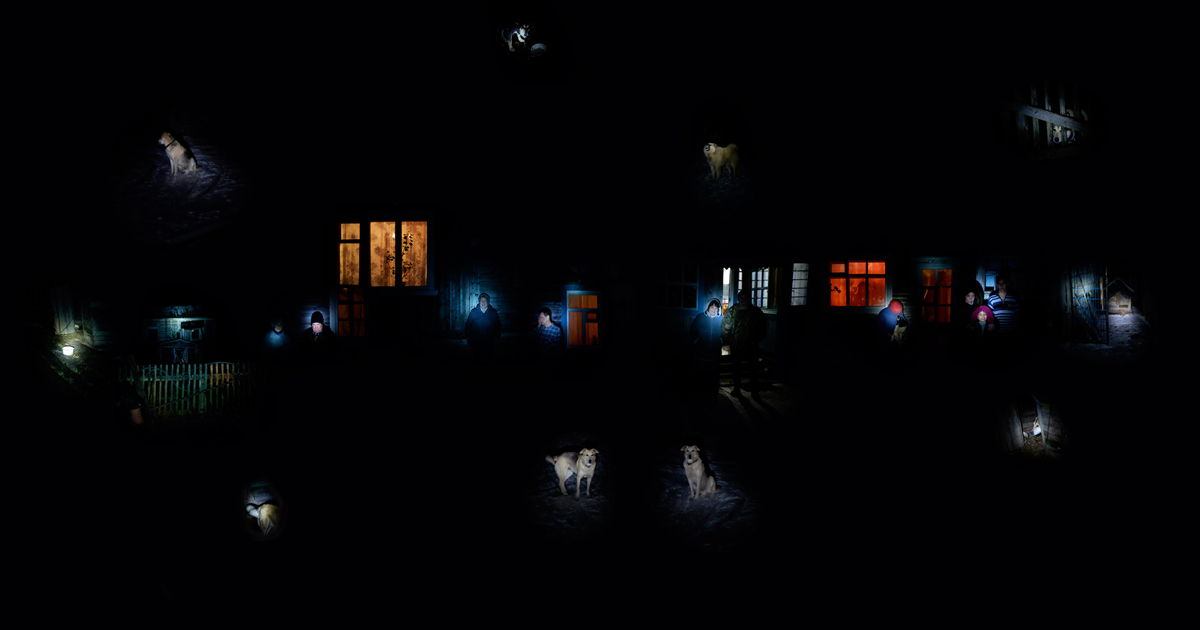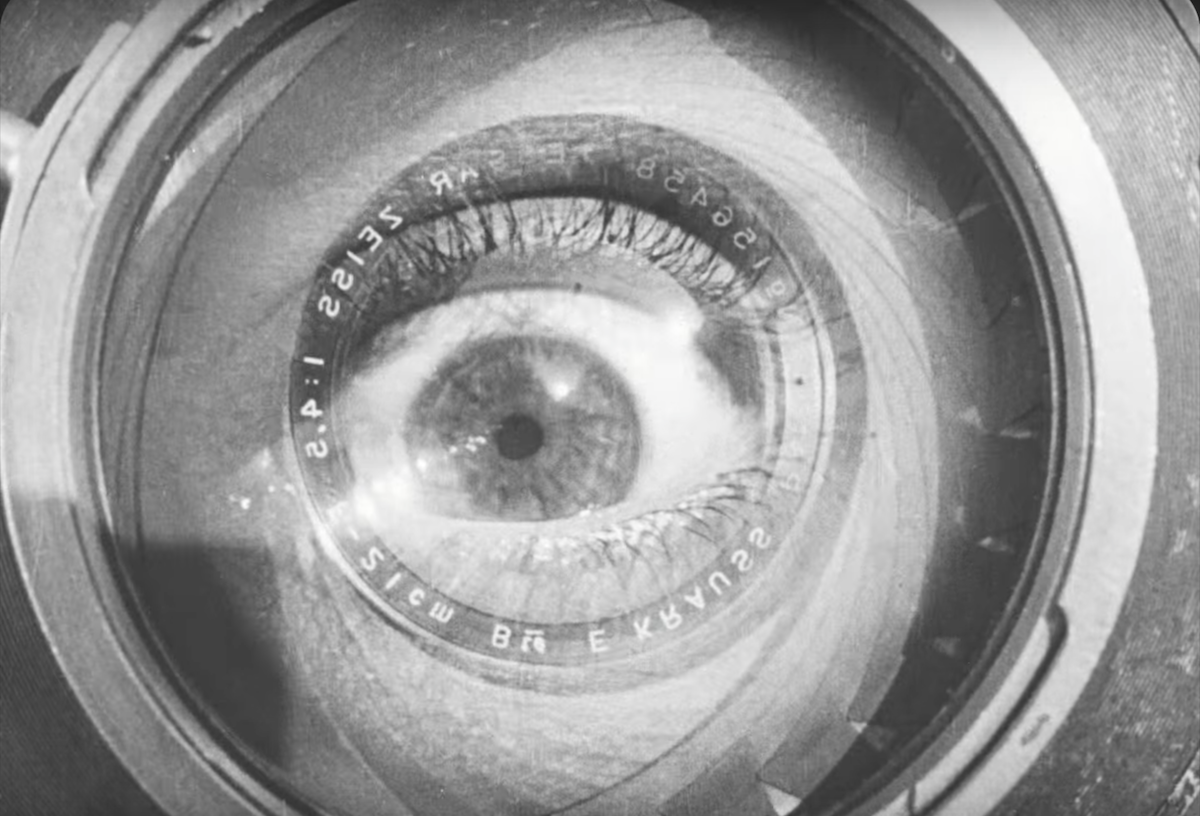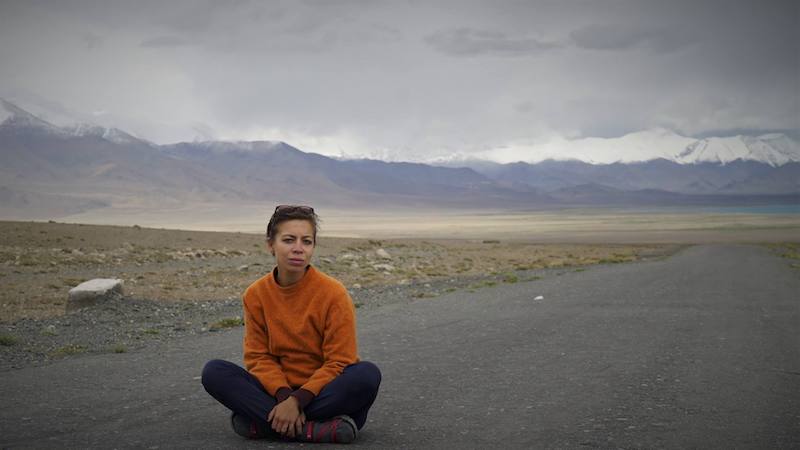Taming the Garden: Salomé Jashi’s documentary poses a singular question — what is a tree really worth?
Salomé Jashi's latest documentary, Taming the Garden, follows one billionaire’s quest to build the Garden of Eden — but it is in tracing the ripples that such an obsession leaves behind that the filmmaker finds her greatest riches.
Trees are miraculous things. They provide us with oxygen, store carbon, and stabilise the soil around them. They also hold great symbolic value, as Georgian non-fiction film director Salomé Jashi knows well: trees form the heart of her new feature film Taming the Garden, which premiered online as part of the Sundance Film Festival’s World Cinema Documentary Competition 2021. “Trees have been fundamental in my life,” Jashi says. “In my childhood, I would often go to this huge yard in my village where many children would gather. There were several large trees there, and each had a different significance. One was for gathering around, one was for climbing on, another was a kind of symbol of strength. Trees mean a lot to me, and to others too.”
Though the film’s focus is on plant life, Taming the Garden is not really an ecological film, but one that uses its central subject as a basis for sociological study. The film charts the construction of the Shekvetili Dendrological Park, a privately-owned, now publicly-accessible arboretum built by Georgia’s former prime minister, Bidzina Ivanishvili, on his estate on the Black Sea coast. As one of Georgia’s richest and most powerful men, Ivanishvili can have anything he desires. Yet what he seeks are all of the country’s tallest and most beautiful trees — and Taming the Garden details the extreme lengths he will go to procure them.
Jashi doesn’t see “the world as black and white”, nor this story as one-sided
Focusing largely on the poetics of process, the film observes the removal and relocation of the trees that Ivanishvili has selected to be transported and replanted within the park. Slowly, we begin to see the varying interpretations of the value or meaning that local people put on each tree destined for the arboretum. Some see trees as a source of sustenance, others as a symbol of strength, stability, or more simply, as a visible record of the passing of time. Others see them as an obstacle, something that blocks light or prevents the construction of infrastructure. Ivanishvili’s intervention further complicates things, bringing questions around power, status, and money into the equation — especially as the payments he offers for each tree begins to grow. As Jashi says: “all other values sort of step aside when money appears.”
Jashi chose the film’s subject for its complexity. Taming the Garden starts and ends with its most striking image, several shots which show a solitary, enormous tree floating on a boat that slowly approaches the shore. It is a surreal piece of imagery that evoked conflicting feelings for the film’s director when she first encountered it. “I saw this image of the tree in the sea which was all over the media in Georgia,” says Jashi. “It is an odd and awkward image, and when I saw it, I felt very ambivalent sensations. On the one hand, this was something beautiful, magnificent. A tree in the sea looks very poetic, after all. On the other hand, what lay behind the image was a very different story. I was attracted to this ambiguity, and it inspired me to start work on the film.”
Maintaining this ambiguity throughout was important to Jashi. The story of Ivanishvili’s garden is well-known in Georgia but coverage in traditional news media has been deliberately and simplistically polarising. “One media outlet would say what he has done is horrible, that he’s just trying to destroy nature. Then another media outlet would say it was beautiful, spinning it in a super-positive light.” Jashi doesn’t see “the world as black and white”, nor this story as one-sided. “There is no single correct side, there is no right or wrong. What we’re trying to do is walk a very thin line, and not to take a side.”
This is not to say she does not have any opinions about the arboretum, just that she is reticent to reveal them or make her own stance central to the vision of the documentary. “In the film”, she says, “we are really trying to leave a space for the film to evoke certain feelings, certain understandings, [so that] the audience can then interpret what they see.”
Some interpretation is certainly required on the part of the viewer. Ivanishvili’s park largely does not feature in the film, glimpsed only at the very end. Ivanishvili is also neither seen nor heard from. Instead, the film has two alternative points of focus: the trees and the incredible amount of labour required to transplant and transport them, and the opinions of ordinary Georgians about this grand project, each observed discussing Ivanishvili and his and their work. As a result, Ivanishvili’s exact motivations for his ongoing project are never revealed, though one man in the film suspects that it may be the start of something greater in scope: “When he has all the trees,” he says, “he’ll go after the birds.”
Jashi says that she had initially planned to include Ivanishvili before realising that the situation could be that of “any rich and powerful man, so it wasn’t important to see him.” His presence is still felt despite his physical absence. “He’s still one of the main protagonists, even though he isn’t there. He is a godlike figure who we will never see but who determines the course of events.” In the end, it is refreshing to see the story told from the bottom-up, rather than letting those who already hold power retain control of the narrative.
This decision proves to be integral to the work, which could be described as a people-focused portrait shot in the style of a languorous landscape film. “I’m interested in environments,” Jashi says. “I really enjoy observing how environments affect people. So, when I go to film something, it’s the environment that inspires me first, and then within this environment, I discover people.”
The sheer size of the trees in the film meant that the environment in this case also posed a creative challenge. On screen, the inherent sense of scale is lent grandeur by Jashi’s careful compositional sense and methodical approach to editing. In one key sequence, a tree weighing up to 1000 tones — the weight of “one full train of oil tanks” as Jashi describes it — is moved by truck by night. In a single dramatic long take, the tree is seen sliding slowly through the forest from which it has been torn, lit only by torchlight, quaking and juddering as its considerable mass pushes through a landscape that is actively resisting it.
Jashi describes these sequences as “pillar shots”, images “telling the main story” which are then enriched by the surrounding scenes. From quite early on, Jashi explains, she and her crew wanted to film mostly with wide shots and a static camera to maintain a distance from what they saw, in order to “stay as observers, not participants.” “We also wanted to use as little montage as possible,” she adds, “so that each scene would create an atmosphere and show an environment rather than a particular action.”
Capturing these key tree removal scenes took time and patience. Jashi and her crew were shooting most months during their two-year filming period, responding to calls from workers about when action was due to take place. A tree can only fall once, and if this were a fiction film, these scenes would be the big action set pieces. “We would never really know when we could film because filming the actual action would depend on the weather, or on the workers and whether equipment was available,” she says. “So sometimes we would just rush to the location and were waiting to film, but the actual action which would not until the next week.”’
Trained as a journalist, Jashi is used to this sort of immediacy and unpredictability. She describes journalism as her “very first job,” but says that representing events as a reporter did not ultimately inspire her. “It is too fast, and it has this pretence of a lack of bias which is not really possible,” she says. Her vision was better suited to documentary filmmaking, and in the three feature films she has made — Taming the Garden included — she has been able to execute her visions in a consistent and committed fashion, making films about situations within her homeland that adopt a grass-roots perspective, presenting localised narratives in manners which are both ambitious and ambiguous. “I was much more attracted to this kind of large form of documentary where you use the world to express your own vision and create your own reality,” Jashi says. “This, for me, is the art form.”


